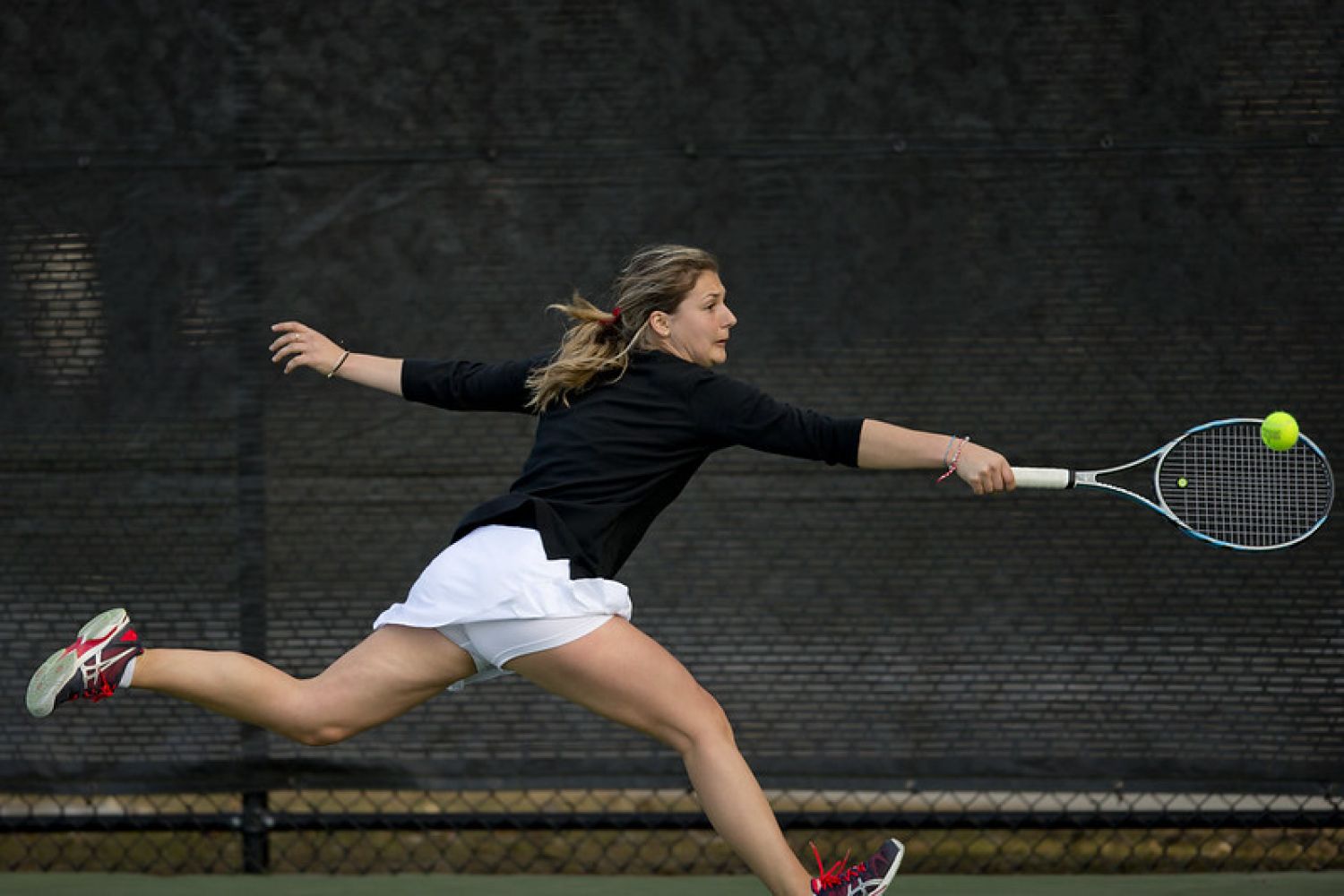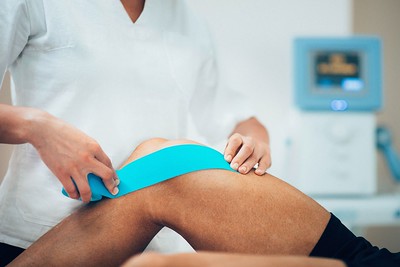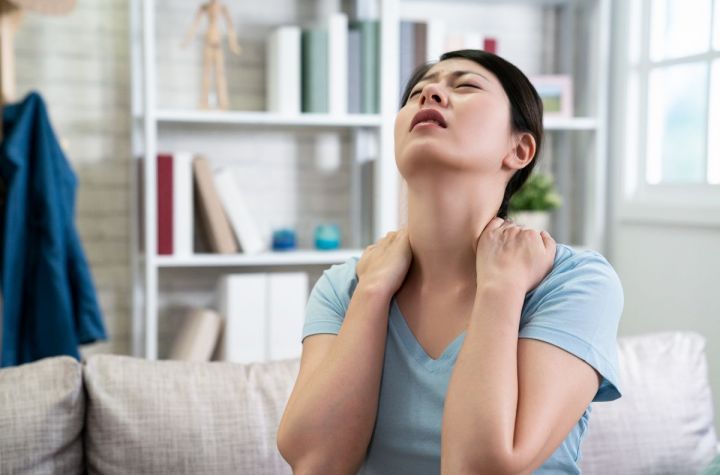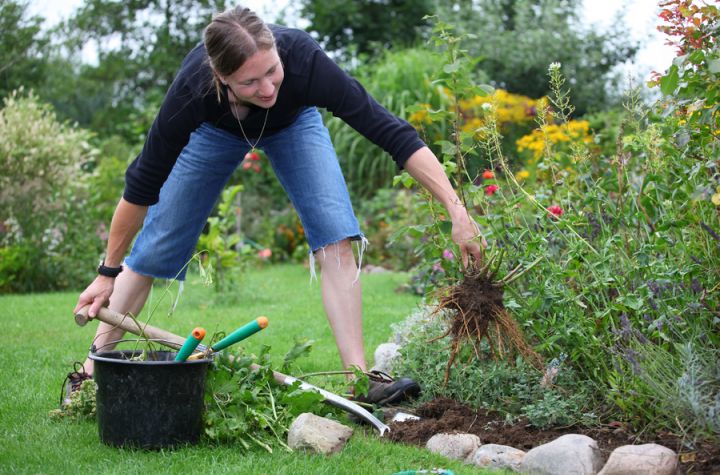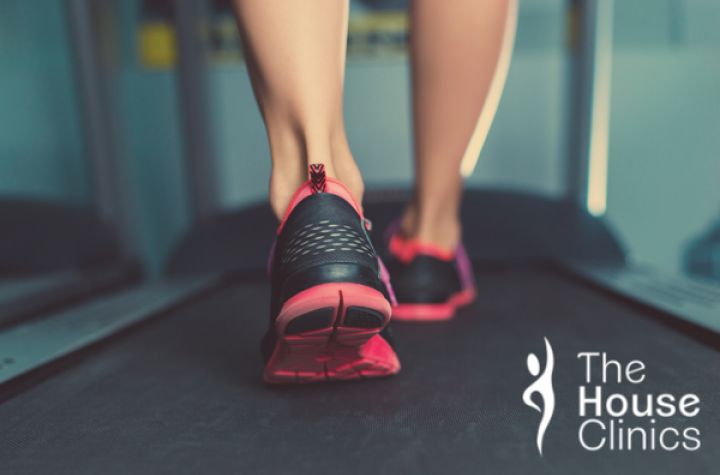Your ultimate guide to avoiding common sports injuries
More than ever, we want to keep fit and active and enjoy the social aspect of playing our favourite sports like tennis, golf, cycling, a game of football in the park, or maybe joining a running group and even training for a half marathon.
However, if you forget to do your warmup (and let's face it - most of us do!) you may end up with a painful injury that stops you in your tracks. Every year, around 1.5 million people attend an A&E department presenting with a sports injury! Many injuries can get better on their own, but if you find yourself with a re-occurring or more serious sports injury, you should definitely seek treatment from a qualified physiotherapist.
"Sports injury rehabilitation is your best route to recovering quickly and getting back to your normal sporting activities."
Alin Dorneanu - Physiotherapist, The House Clinics
1. PULLED MUSCLES
A pulled muscle or muscle strain will happen when the muscle is stretched beyond its capacity, often after sudden movement and exertion or because the muscle is fatigued. This type of sports injury is very common, and the muscles most often affected are hamstrings, groin and calves. If it's a minor pull, you can easily treat it at home by following RICE (rest, ice, compress and elevate). However, if it's a severe tear, you should seek treatment from your physiotherapist to aid recovery, increase mobility and strengthen the muscle once again. You'll know it's severe if you heard a popping noise, or if you're in a lot of pain, or there is bruising and swelling and compromised mobility.
Physiotherapy treatment may include:
- Cryotherapy (ice treatment) - to reduce inflammation and internal bleeding
- Deep tissue and trigger point therapy combined with remedial massage - Your Physio can gently massage the area to help promote natural pain relief and healing and to encourage the breakdown of scar tissue.
- Manual Stretching and assisting you with stretches to do at home - a bespoke graded exercise programme will help lengthen and loosen the muscles, increasing your flexibility and range of motion. Home exercises and self-stretching are an important part of the treatment program!
- Therapeutic Taping (Kinesiology) - can provide compression and support and can also be used to relax the injured muscle.
- Electrotherapeutic Treatment such as interferential current and TENs - can be very effective in the acute injury and pain stage
- A strengthening Exercise Programme - perhaps one of the most important and beneficial parts of Physiotherapy; a programme of strengthening exercises will restore mobility, strength and function so you can get back to your previous activities, as well as help to prevent any future injuries.
.jpg)
2. SPRAINED ANKLE
A sprained ankle typically occurs when you twist or 'roll' over your foot, forcing the ankle joint out of its normal position. This can cause one or more of the ligaments around your ankle to stretch or tear. There are generally three grades of sprain which will guide you on whether you should visit your physiotherapist, but you definitely should if you have the following symptoms: pain and swelling, bruising/contusion, reduced range of movement, inability to weight bear, or you heard an audible 'pop'.
Physiotherapy Treatment may include the following:
-
Manual joint adjustment
-
Massage - to promote healing and reduce swelling
-
Electrotherapy
-
Taping - to support, compress and stabilise the ankle joint
-
Supportive Orthotics - to ease the pain when walking and provide maximum support to the ankle joint
-
Prescribed stretches to aid healing as well as a strengthening exercise programme to get your ankle moving again and fully mobilised.
3. KNEE INJURIES
Runner's Knee - People who do a lot of running will commonly struggle with Patellofemoral syndrome (also known as “runner’s knee). It is a repetitive overuse injury when the tendon below the kneecap becomes inflamed and irritated. This can cause a painful aching sensation in the knee.
Physiotherapy Treatment May Include:
- A strengthening exercise programme designed to improve alignment - runner's knee is often caused by an imbalance in the quad and hamstring muscles.
- Your physiotherapist can assess your feet and running gait to determine whether the use of orthotics could improve symptoms.
- Stretching exercises to alleviate pain.
ACL Sprain or Minor Tear - A more serious type of knee injury is an anterior cruciate ligament (ACL) sprain or tear. The ACL is one of the four ligaments in the knee that provides stabilization for the knee joint and is most commonly damaged after a sudden change in direction when running or pivoting, jumping etc while playing sports such as football, rugby, tennis and skiing. Depending on whether you have sprained or torn it, treatment will vary from ice, rest and stretching and strengthening exercises, to surgery. You'll know if it's severe if you heard an audible 'pop' followed by swelling and pain with compromised mobility.
For sprains and Minor tears, physiotherapy treatment may include:
- Cryotherapy (ice treatment.)
- Bespoke exercises to restore function, strength and mobility of the knee joint.
- Exercises to strengthen the quads and hamstrings - the muscle groups which support the knee joint.
- The use of a brace in the acute phase - your physiotherapist can recommend the best type of knee brace depending on your injury.
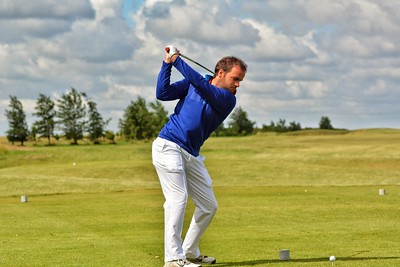
4. TENNIS ELBOW
Tennis elbow is a condition that causes pain around the outside of the elbow. It often occurs after strenuous overuse of the muscles and tendons of the forearm near the elbow joint and is not limited to tennis players as golfers often suffer with it too. Clinically known as lateral epicondylitis, pain is felt on the outside of the elbow joint and often made worse when gripping small objects, turning door handles and opening jars for example.
Physiotherapy treatment may include:
- Manual friction massage - to stimulate natural tissue repair.
- Dry needling - to ease muscular tension and spasm.
- Ultrasound therapy - to ease pain and promote healing.
- The application of a supportive strap to support the tendons.
- A programme of stretching exercises for the extensor muscles.
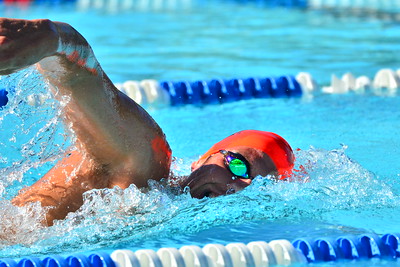
5. SHOULDER INJURIES
The most common cause of shoulder pain is rotator cuff tendinitis. This is a condition characterized by swollen tendons and you will notice pain in the outer part of your upper arm, as well as the front and top of your shoulder. This could be worse when you raise your hands above your head or reach behind you. It could also wake you up at night. Another common cause of shoulder pain is impingement syndrome where the rotator cuff gets caught between the acromion (part of the scapula that covers the ball) and humeral head (the ball portion of the humerus). These types of shoulder injury are often attributed to sports which involve a lot of overarm action such as tennis, cricket and swimming. The pain is usually brought on with the movement of the shoulder and can be persistent and affect everyday activities.
NB: Sometimes shoulder pain is the result of injury to another location in your body, usually the neck or biceps. This is known as referred pain. Referred pain generally doesn’t get worse when you move your shoulder. Your physiotherapist will be able to determine the cause of your shoulder pain.
Physiotherapy treatment may include:
- Manual friction massage - stimulating natural tissue repair.
- Bespoke exercises to mobilise and strengthen the shoulder muscles.
- Dry needling - to relieve pain caused by muscular spasm and tension.
- The use of a supportive sling in the acute phase
- A programme of strengthening exercises to enable you to return to normal sporting activity without re-occurrence of the injury.
.png)
The House Clinics - Physiotherapy and Sports Injury Rehabilitation
If you are struggling with a sports injury we are here to help you.
Talk to one of our physiotherapists to discuss your injury on 0117 942 0200
You can book an appointment online here www.thehouseclinics/book

